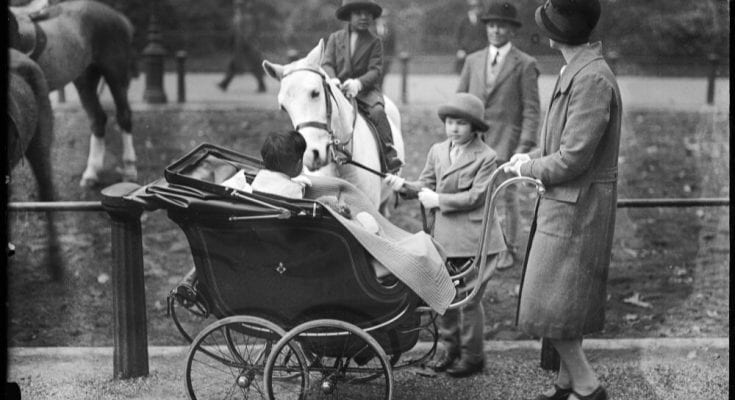Gangsters, flappers, and The Great Gatsby—the Roaring ’20s were an age of violence, celebration, and terrific fashion sense. As the last big party before the Stock Market Crash and Great Depression, the 1920s were bright, flashy, and very well dressed, but many of the classic looks of the time haven’t survived to the present day. Here’s a selection of popular fashion trends during the Roaring ’20s. Decide if we’ve lost or gained something by not taking advantage of these accessories nowadays.
Gloves
Today we only think of gloves as winter wear, but back in the day, gloves were a standard part of any woman’s ensemble, to be removed only when they ate or performed other messy tasks. Motoring clothes were the norm, including driving coats, goggles, and leather driving gloves. While it might seem ridiculous to have special clothes for driving, they did serve a purpose. Many cars were open and lacked heating systems, exposing occupants to the elements, so the clothes provided a measure of protection and warmth. Leather gloves kept one’s hands warm and safe but not just from the outside temperature—most steering wheels were made of either cold metal or wood that could splinter.
Canes
Canes were on their way out as a standard men’s fashion accessory by the 1920s, but they still turned up at fancy functions and as a dignified accompaniment to the wardrobe of a mature man who needed a bit of support. But there are different canes for different purposes. Walking sticks provided temporary support for a swift constitutional, while walking canes were sturdier and made for more long-term use. Swagger sticks remained a part of the marine uniform, adding some flair and authority to an officer or enlisted man’s carriage. Swagger sticks had all but disappeared by the 1930s, but some military figures, like General George S. Patton, still carried them.
Cigarette Holders
As fewer people smoke, it’s hard to believe there were entire industries devoted to creating smoking apparatuses and accessories like ashtrays, smoking jackets, cases, and, of course, cigarette holders. Usually seen in the hands of femmes fatale in old black-and-white movies, cigarette holders may look pretentious and useless, but they served several functions. First, they kept ashes from falling onto a woman’s clothing. Secondly, they prevented nicotine stains on the fingers. The paper wouldn’t get wet and stick to the lips; likewise, bits of tobacco stayed off the woman’s lips, helping her avoid the unfeminine practice of picking it out or spitting it away.
Spats
As the last of the popular fashion trends during the Roaring ’20s discussed here, spats might appear to be the most useless of the lot, but they served a purpose. Their full name is spatterdashes, and people wore them snapped around their ankles while outdoors to protect their socks and shoes from mud and water. Some branches of the military included them—and still include them—as part of their parade dress. But generally, the 1920s were the last hurrah for spats.



